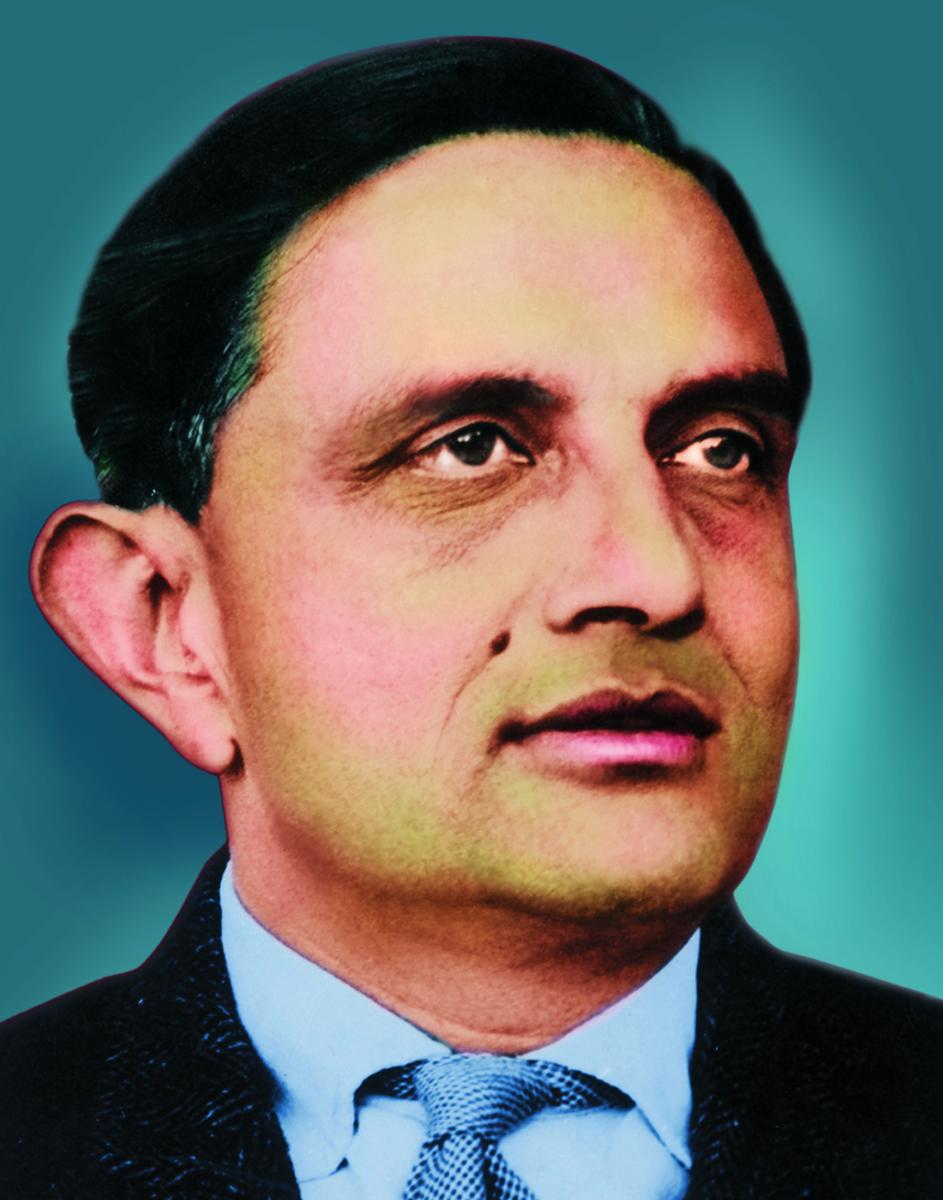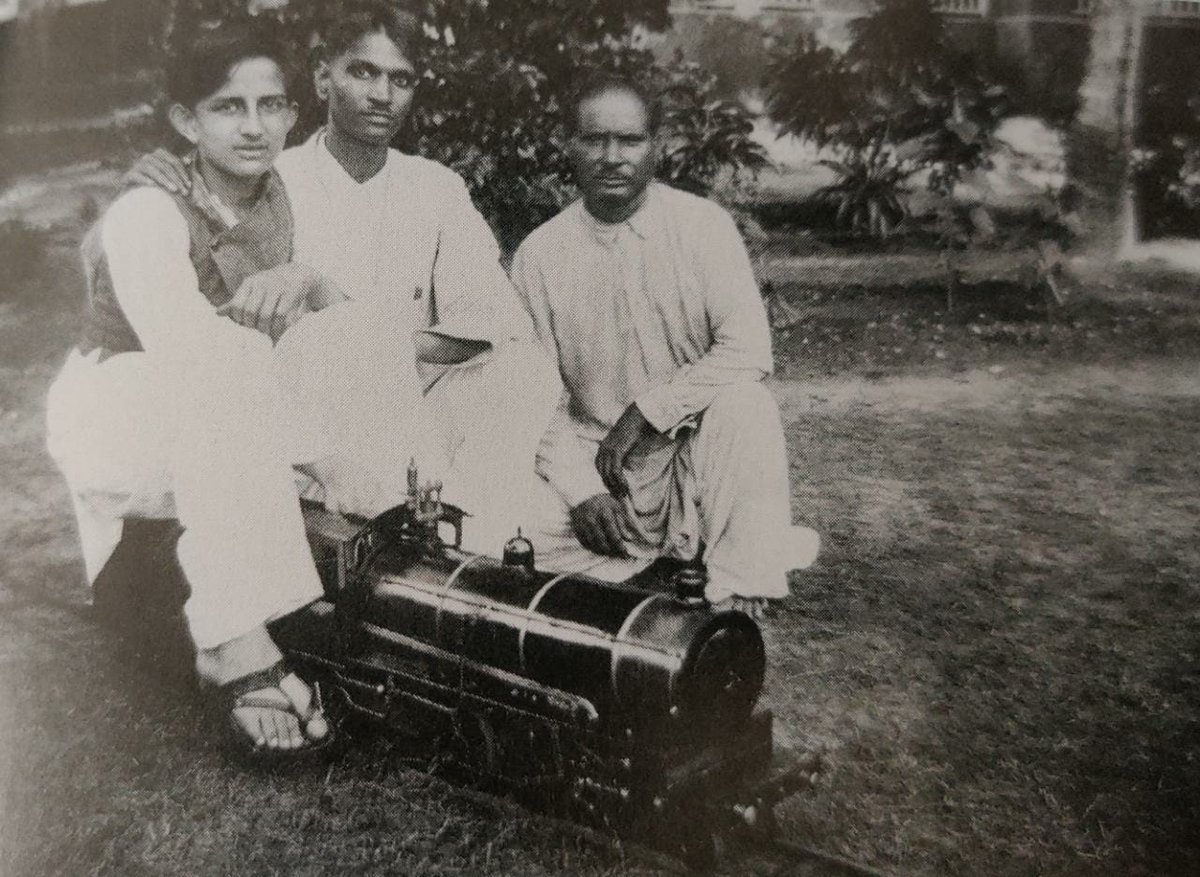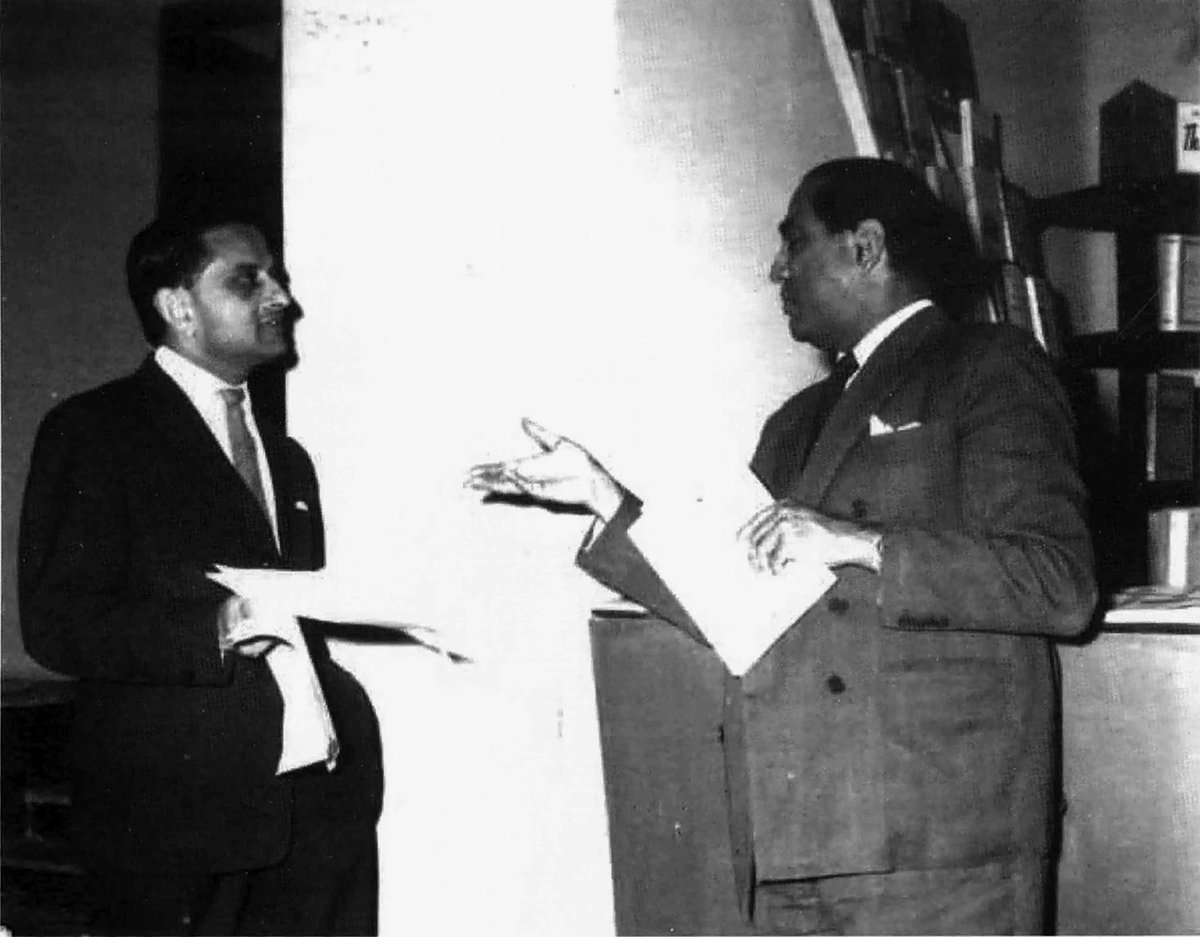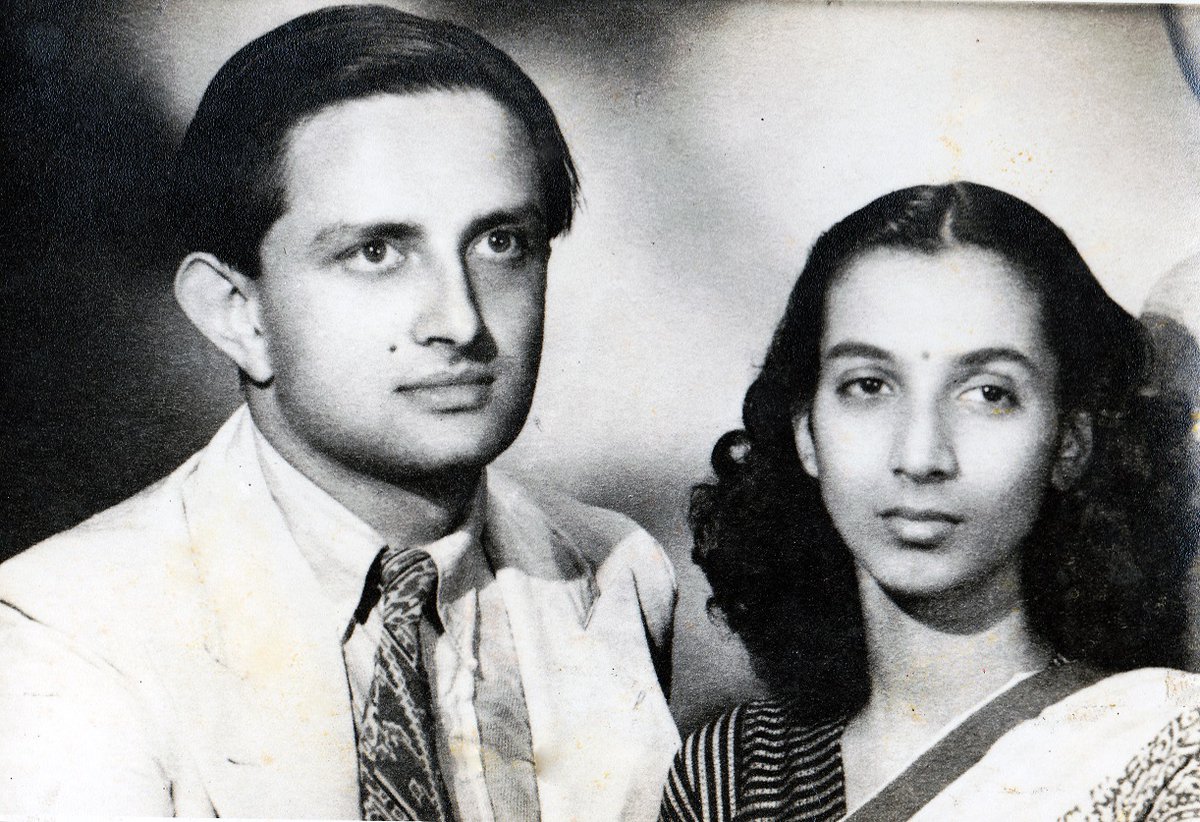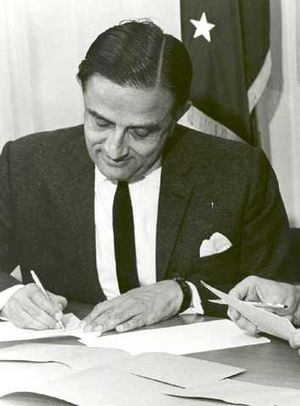#OnThisDay in 1919 was born Vikram Sarabhai, the father of India& #39;s space programme. But Sarabhai was much more than just a scientist, living an extraordinarily full life. Read on to learn more about him! #VikramSarabhai #ISRO #India #history #funwithfundas (1/23)
According to a popular (unconfirmed) story, Rabindranath Tagore, a part-time phrenologist, seeing the baby Sarabhai& #39;s large and unusually shaped forehead, pronounced that "this boy will achieve great things". #tagore (2/23)
For those wondering, phrenology is a pseudoscientific study of the shape and bumps on the skull to predict a person& #39;s character and traits. It was very popular in the 19th century. (3/23)
A fellow Gujarati by the name of MK Gandhi was a huge influence on his life. He and his sister adopted khadi, and read & #39;Harijan& #39;. The family& #39;s property was often confiscated because his father, in support of non-cooperation, would not pay fines when someone was arrested. (4/23)
Sarabhai fell in love with science in school. With a carpenter& #39;s help, he also built a steam engine large enough for a child to sit on, complete with tracks. (5/23)
In Gujarat College, which he attended after school, he experienced the closest to a normal life he ever would: he cycled, and played for the college cricket team. He also picked up a love for Sanskrit poetry which stayed with him through his life. (6/23)
After some time in Cambridge, Sarabhai went to the newly formed Physics dept. in IISc, Bangalore, then headed by a man named CV Raman. Raman would guide the young man to the area of research where he would make his mark. (7/23)
It was in IISc that he met another titan of modern India, Homi J Bhabha, and started a long friendship. Sophisticated and good-looking, they earned a reputation as playboys. CV Raman& #39;s nephew later recalled that "we used to look at them with envy". (8/23)
It was also in Bangalore that Vikram fell in love with Mrinalini Swaminathan, a lady whose accomplishments deserves a separate thread. She was initially worried about the "north-south difference", but they got married at a historic moment: August 1942. (9/23)
Gandhiji had launched Quit India, and Mrinalini& #39;s sister, the legendary Captain Lakshmi Sehgal, was in a jail in Singapore. When the couple reached Ahmedabad, they found that four of bridegroom& #39;s sisters were in jail. (10/23)
One of the earliest projects that Sarabhai was involved in was ATIRA - the Ahmedabad Textile Industries Research Association. It would be the first Indian industrial research and development unit run as a cooperative. (11/23)
Sarabhai was also heavily involved in the running the family concern: a pharmaceutical company named Sarabhai chemicals. He then embarked on two projects that sealed his immortality. (12/23)
In 1956, he started the Ahmedabad Management Association, which, with the help of the Ford Foundation and Harvard, gave rise to India& #39;s premier management institute: @IIMAhmedabad. (13/23)
In the early 1960s, Sarabhai was a founding member of INCOSPAR, a government committee looking into developing India& #39;s space programme. In 1969, INCOSPAR became @ISRO. (14/23)
One of INCOSPAR& #39;s first tasks was to find a suitable location for their work. This led them to southern Kerala. The first place they saw was named "Vellana thuruthu", or "White Elephant Island". They wisely stayed away, before settling on the fishing village of Thumba. (15/23)
In 1963, when the first Nike-Apache sounding rocket, was launched from Thumba, Sarabhai sent a telegram home in inimitable style: "Gee whiz wonderful rocket shot." (16/23)
India soon started launching home-made rockets like Rohini and Menaka. The idea of naming these after apsaras came from none other than Mrinalini Sarabhai. (17/23)
The young organisation needed all the help it could get. A then-unknown scientist, one APJ Abdul Kalam (nicknamed, unsurprisingly, & #39;busybee& #39;), was among the people working there. Sarabhai directed his team to Japan with the words "We are Asian, let us study our own". (18/23)
Had he retired then, he was assured of everlasting fame. Instead, in 1966, he took up the role of leading the Atomic Energy Commission after Homi Bhabha& #39;s untimely death. The press had only one question: "Dr Sarabhai, what about the atom bomb?" (19/23)
His answer stunned the press corps. He stated that a prototype atomic bomb was a "paper tiger" that did not provide security. He was much more interested in seeing what good nuclear power could do for India. (20/23)
A charming, thoughtful man of great personal dignity, Sarabhai& #39;s life influenced the entire country. However, he had no airs about himself: he often dressed casually, leading an exasperated JRD Tata to remark: "Oh you Sarabhais, how you dress!" (21/23)
In December 1971, Sarabhai passed away peacefully in his sleep in a hotel room in Thiruvananthapuram. At his funeral, his convention-defying daughter, Mallika, would famously light the pyre. His ashes were scattered into the ocean at Thumba. (22/23)
Hope you enjoyed that thread. Follow us to read more such interesting tales. [Image credits: ISRO, Scroll, ATIRA, Vikram Sarabhai: A Life] (23/23)

 Read on Twitter
Read on Twitter